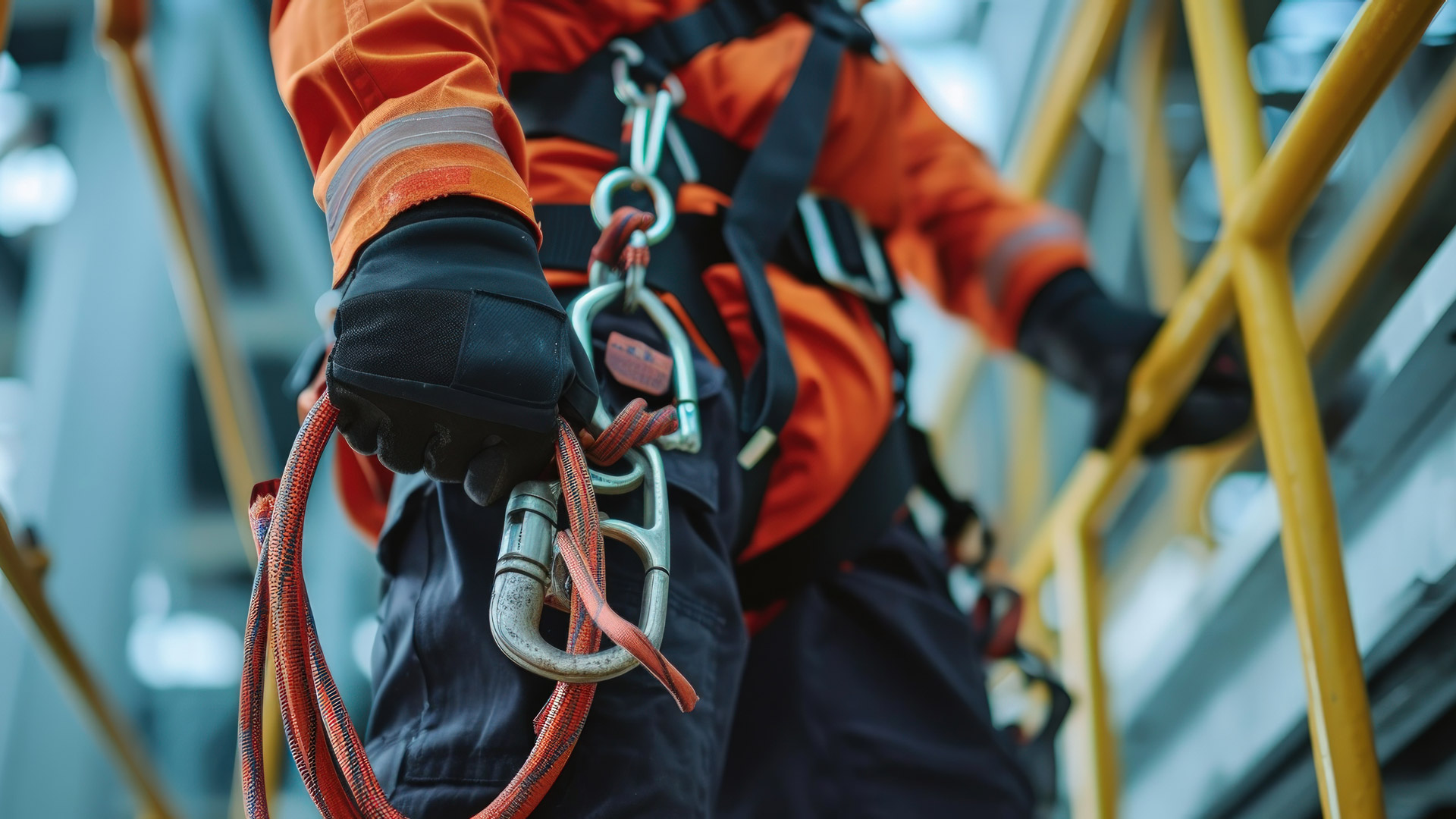The Construction Leadership Council has issued new guidance for sites that remain open during lockdown in order to maintain the safety of workers.
Construction sites operating during the Coronavirus pandemic need to ensure they are protecting their workforce and minimising the risk of spread of infection.
In line with Public Health England (PHE) guidelines, site workers should follow the social distancing guidelines (remaining two metres apart) in full, however if this is not possible, the guidance says, you should consider whether that activity needs to continue for the site to continue to operate, and, if so, take all the mitigating actions possible to reduce the risk of transmission. Sites and work need to be planned and organised to avoid crowding and minimise the risk of spread of infection by following PHE and HSE guidance.
Sites should remind the workforce (e.g. at daily briefings) of the specific control measures necessary to protect them, their colleagues, families and the UK population.
Hierarchy of controls
If you are not able to work whilst maintaining a two-metre distance, you should consider whether the activity should continue and, if so, risk assess it using the hierarchy of controls below and against any sector-specific guidance.
Eliminate
- Workers who are unwell with symptoms of Coronavirus (Covid-19) should not travel to or attend the workplace.
- Rearrange tasks to enable them to be done by one person, or by maintaining social distancing measures (two metres).
- Avoid skin-to-skin and face-to-face contact.
- Stairs should be used in preference to lifts or hoists and consider one-way systems.
- Consider alternative or additional mechanical aids to reduce worker interface.
Site meetings
- Only absolutely necessary meeting participants should attend.
- Attendees should be at least two metres apart from each other.
- Rooms should be well ventilated/windows opened to allow fresh air circulation.
- Consider holding meetings in open areas where possible.
Reduce
Where the social distancing measures (two metres) cannot be applied:
- Minimise the frequency and time workers are within two metres of each other.
- Minimise the number of workers involved in these tasks.
- Workers should work side by side, or facing away from each other, rather than face to face.
- Lower the worker capacity of lifts and hoists to reduce congestion and contact at all times.
- Regularly clean common touchpoints, doors, buttons, handles, vehicle cabs, tools, equipment etc.
- Increase ventilation in enclosed spaces.
- Workers should wash their hands before and after using any equipment.
Isolate
Keep groups of workers that have to work within two metres:
- Together in teams e.g. (do not change workers within teams).
- As small as possible.
- Away from other workers where possible.
Control
Where face-to-face working is essential to carry out a task when working within two metres:
- Keep this to 15 minutes or less where possible.
- Consider introducing an enhanced authorisation process for these activities.
- Provide additional supervision to monitor and manage compliance.
PPE
Sites should not use RPE for Coronavirus (Covid-19) where the two-metre social distancing guidelines are met.
- Where it is not possible to maintain a two-metre distance, each activity should be risk assessed using the hierarchy of controls and against any sector-specific guidance, mindful that masks (RPE) are the last resort in the hierarchy.
- Re-usable PPE should be thoroughly cleaned after use and not shared between workers.
- Single use PPE should be disposed of so that it cannot be reused.
- Where personnel are required to work in specific environments (e.g. where persons are shielding, with symptoms, or confirmed Coronavirus (Covid-19) cases may be present e.g. healthcare or in a home environment) additional PPE should be considered specific to the Coronavirus risk.
Behaviours
The measures necessary to minimise the risk of spread of infection rely on everyone in the industry taking responsibility for their actions and behaviours. An open and collaborative approach between workers and employers on site, where any issues can be openly discussed and addressed, should be encouraged.
The full guidance is available to download here.
You may also be interested in
RELATED CONTENT
RELATED COURSES

The Permits to work course explores the elements of permit-to-work systems and the high-risk activities that may require them.

The Risk Assessment and Method Statement (RAMS) course examines the HSE’s recognised five-step approach to risk assessment.

The Working at height course helps learners understand the dangers associated with working at height and ways to control the risks

The world’s best-known health and safety certificate, designed for managers and supervisors in any sector or organisation.

An employer has been sentenced for failing to reduce the exposure and spread of asbestos when demolishing a large pig shed.

The government is taking "strong action" against unscrupulous employers that use the controversial practice of ‘fire and rehire’, it has announced.

The legal term ‘reasonably practicable’ plays a crucial role in determining the level of care and precautions required in different areas of law, such...

The CIPD has published a new report, An update on flexible and hybrid working practices, which looks at the types of flexible working arrangements bei...